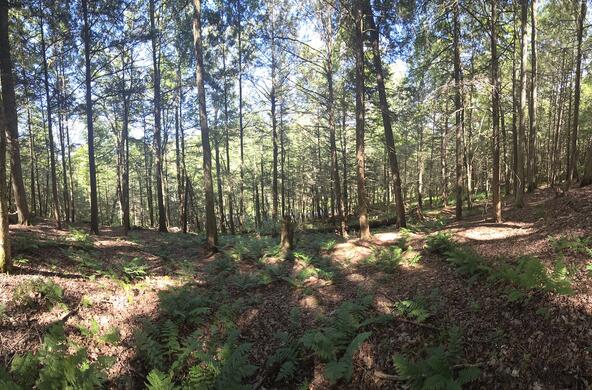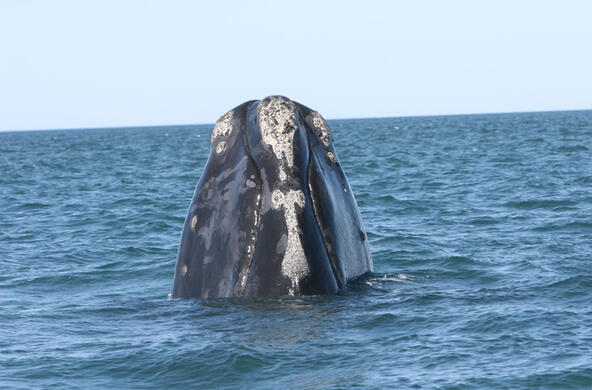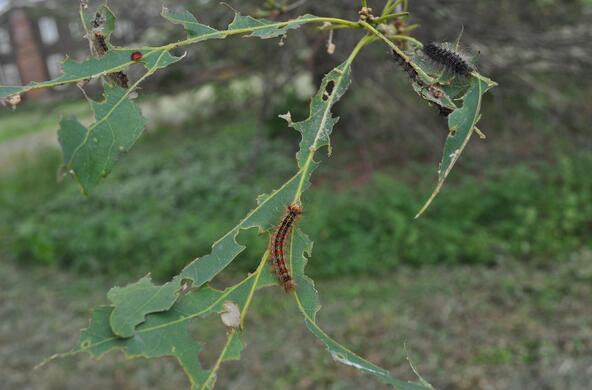More and more often, we hear about the arrival of a foreign plant or insect that is wreaking havoc on our native ecosystems. Take, for example, the Emerald Ash Borer, which will likely decimate all the ash trees in our forests.
According to Dr. Gary Lovett, forest ecologist at the Cary Institute of Ecosystem Studies, this small Asian insect was first imported into Michigan in the early nineteen-nineties, hidden in wood packing material such as pallets and crates. No one took much notice until 1998, by which time the creature had already started to spread. It is now spreading rapidly through the central and northeastern states, and it arrived in our area about a year ago.
As its name suggests, the creature bores under the bark of ash trees, where it lays its eggs. When the larvae emerge, they feast on the living tissue of the tree. As adult insects they exit through a D-shaped hole and live long enough to breed, and the cycle begins again.
Woodpeckers find the borer so tasty that often the first sign of its presence are the birds hammering away at the tree to reach the larvae. Unfortunately they cannot make a dent in the borer population, and within two or three years, the tree usually dies.
There are several species of ash in this area: the two most common species are the Green Ash, a wetland species, and the White Ash, which thrives in upland woods. Ash trees account for about seven percent of the trees in New York State. Specimen trees on a lawn can be saved by repeated injections of pesticide. Not so for trees in the forest. Dr. Lovett says, “I think it will probably kill every ash tree in this area—it’s pretty serious.”
Many outbreaks spread from campgrounds where campers have brought in wood containing the bugs. Many campsites now have a quarantine on imported firewood. Nonetheless the borers are still spreading.
One should probably mention a more recent invader, the Asian Longhorned Beetle, which attacks a number of our tree species, especially maples. Beetle outbreaks in New York, New Jersey, Chicago, and Toronto have been suppressed by cutting down the infected trees—the only way to stop the spread of the insect.
In Worcester, Massachusetts, where the most recent outbreak has occurred, they have cut down 30,000 trees and are still at it. This entails the great expense of removing the trees and stumps along city streets and replacing them with other shade trees. Landowners, of course, must pay their own expenses for their specimen shade trees. At the moment biological control does not seem promising.
More effective may be a new initiative by the Cary Institute in conjunction with Harvard University. Scientists, economists, entomologists and policy experts have teamed up to synthesize information about the ecological and economic impacts of these pests and pathogens.
The repeated outbreaks of insects and diseases may seem like separate problems, but in essence they are all symptoms of lax regulations concerning what is allowed to enter the country. By demonstrating scientific support for a range of policy options, combined with outreach efforts to government agencies, the Cary Institute and its partners hope to raise the level of awareness of the problem and stimulate some action to do something about it. The group is preparing a paper for both legislators and the media to educate the public about how to deal with the problem and better defend our borders.
Dr. Lovett says, “I think there are things we can do, but motivating government action at the federal level might be the most important.”






